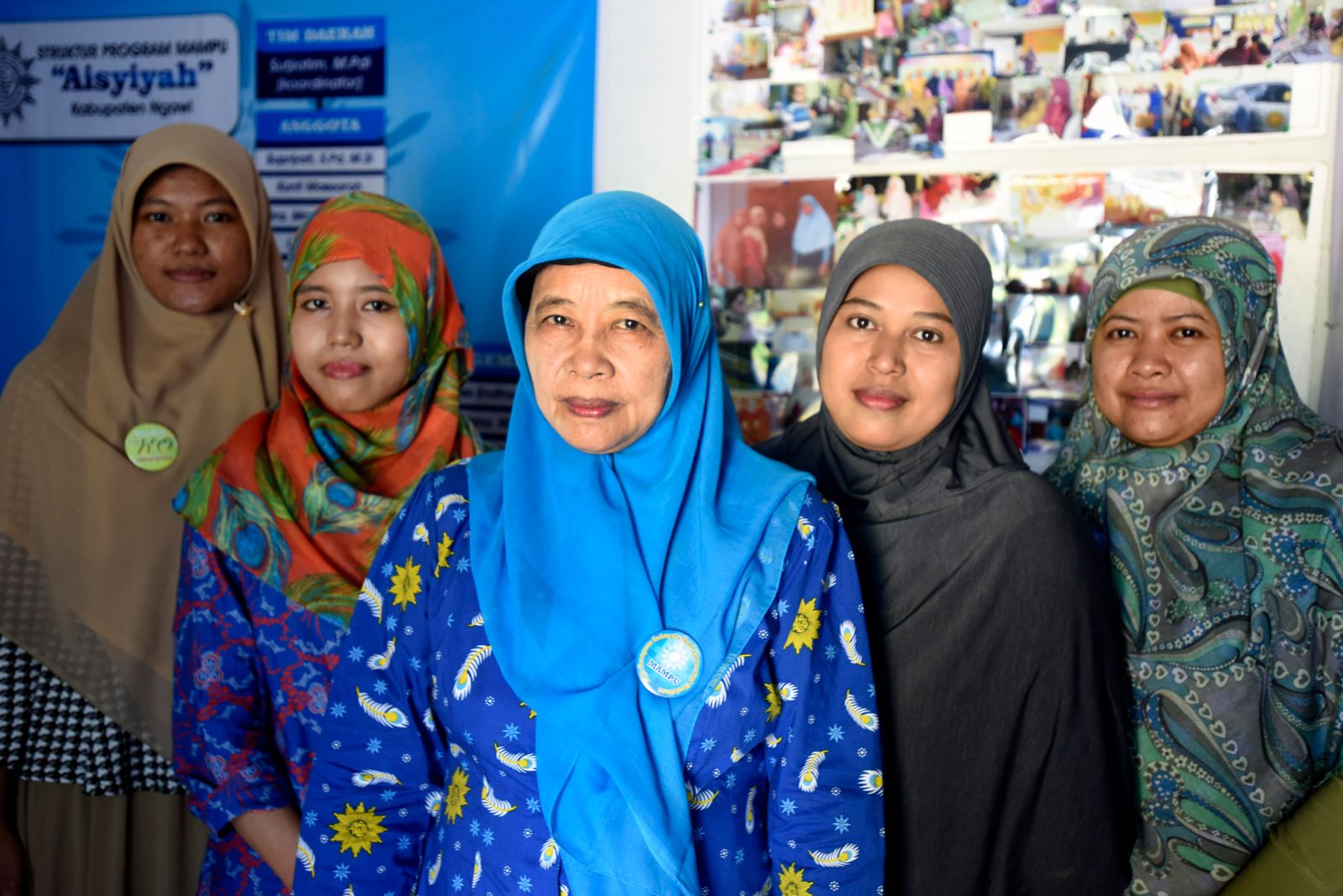
Photo: Australian Embassy Jakarta/Flickr
There is no area of human rights that has more pitched and dramatic battles than sexual and reproductive health and rights (SRHR). As David Hulme’s account of the MDGs notes, “Reproductive health was the deal maker or breaker – to achieve approval of the Millennium Declaration at the General Assembly, reproductive health had to be omitted.” In the Millennium Development Goals (MDGs) that emerged, the broad trans-sectoral agenda of the 1990’s UN conferences on SRHR, was reduced to one goal on maternal health (MDG 5). Further, progress on this goal was measured by focusing on Maternal Mortality Ratios, thus displacing questions regarding the root causes of maternal mortality. Obstacles to promoting SRHR among diverse groups of women and girls got lost. These and other human rights concerns were, to some extent, addressed in the SDGs, as a result of enormous political mobilization and strategic advocacy; but there are still problems with what gets counted, and what really counts.
The SDGs are a universal framework, which emphasize tackling inequalities. There are multiple targets under Goal 3 (healthy lives) that address women’s reproductive health: maternal mortality (3.1); universal health coverage, including indicators for SRHR services (3.8); and sexual and reproductive health (‘family planning’) (3.7). Goal 5 on “achieving gender equality and empowering all women and girls” also contains a target on SRHR (5.6). In addition to these specific SRHR targets, and closely related gender equality issues (such as reducing violence against women), there are other related targets, including the promulgation of non-discriminatory laws, women’s participation within government, and reducing other forms of inequalities. Moreover, unlike the MDGs, the SDGs were meant to be read as ‘integrated and indivisible’ and governments pledged not just to reduce inequalities, but to reach first those most in need.
In selecting SDG indicators, advocates hoped that dimensions not captured in Target 3.7 (on “sexual and reproductive health care services”), could be reflected in the indicators for targets under other goals, including Goal 5 for achieving gender equality. Many key actors felt that the exclusion and marginalization of SRHR in the MDGs could be remedied by including rights indicators. Progress on target 5.6.2, “ensuring universal access to SRHR”, for example, is to be measured by the existence (yes or no) of laws and regulations relating to SRHR in five areas (with sub-areas), and then the answers are tallied and analyzed statistically.
However, reducing “universal access to SRHR” to checklists abstracted from context, cultural significance, sociological and normative legitimacy points to some intractable differences in how we measure or validate facts, and think about legal rights. All rights—including SRHR—are concise formulations of profound arguments about justice, equality and dignity. In turn, advancing SRHR often requires discerning where the barriers to effective enjoyment of these rights lie in specific contexts, and how laws can be crafted to address them. These barriers are complex—inexorably sitting at the boundaries between psychology, politics, anthropology and philosophy, as well as law. In Colombia, conservatives may connect ‘gender ideology’ to ‘Castro-Chavismo’—communism. In the United States, women’s liberation may be discursively associated by conservatives with amoral individualism.
How laws function in SRHR cannot be deduced by reading them as a formalistic set of rules. Take, for example, one of the five components of Target 5.6.2, access to abortion. If abortion laws are based on rights to privacy, as in the United States, this will have very different ramifications, than if they are based on equality, or on dignity, and seen in light of different social contracts. The rationale for the law reflects something different about how we see reproductive rights, and the demands of justice. For example, abortion laws anchored in narrow conceptions of privacy secure access to essential health services as a matter of right only for those women who can afford it, without regard for the wider structural conditions and intersectional sources of exclusion that shape diverse women’s lives. The context for rights recognition also matters, and laws that encode SRHR—and rights more generally--cannot be isolated in a modular way. For instance, globally, abortion rights depend upon both information and financing—which are now under siege by toxic synergies between the Global Gag Rule, populist autocrats who repress civil society activities and proscribe international funding, and sweeping reliance on marketization to achieve “The World We Want” in the SDGs.
In short, the knowledge of what is happening in a given context and how those power dynamics are embedded in laws that allow or prevent women from exercising control over their bodies and lives cannot be synthesized into a compilation of yes/no indicators. To be clear: we should not discard indicators looking at laws to measure aspects of rights compliance. But we should be modest in our expectations and careful in our use of such indicators--especially on a global basis-- so they do not become disconnected from social and political struggles. Moreover, we must simultaneously draw on a different sort of contextual knowledge to ensure that the indicators are used to promote the actual realization of SRHR-- and not just a target constructed for the SDGs, which may obscure the true drama of this struggle.
In the era of so-called ‘fake news’ and an unwillingness to recognize empirical data as a basis for shared conversations about reality, it may seem odd to argue that more data is not necessarily the path to progress for women’s reproductive rights. Yet, the proliferation of indicators as tools of governance is not unrelated to a world in which democratic processes and accountability are being systematically undermined. As Rosga and Satterthwaite assert, “… because human rights compliance indicators threaten to close space for democratic accountability and purport to turn an exercise of judgment into one of technical measurement, advocates of human rights should remain vigilant to effects of the elisions at work in the indicators project.”
Advocates of SRHR, which are inherently the most contested and unstable of norms, should be particularly vigilant about the invisible exercises of power embedded in the SDG metrics.
